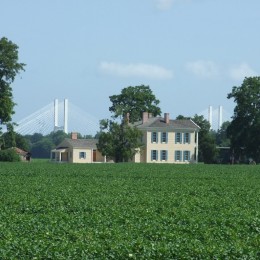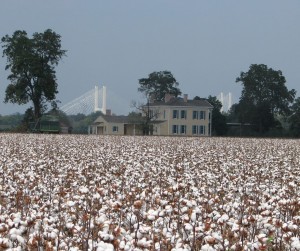Thanksgiving & Holiday Hours, plus our 2nd Annual Holiday Open House
Limited Hours on November 24 (Day before Thanksgiving). Staff will be onsite for tours at 10 a.m. until Noon.Closed for the Thanksgiving Holiday – November 25 and 26; Resume regular hours on November 29th
2nd Annual Holiday Open House
We are busy getting ready for the Holidays at Lakeport. With the Friends of Lakeport, we have began putting up the Christmas decorations and are preparing for the 2nd Annual Holiday Open House, Saturday, December 4 at Lakeport from 11 a.m. – 2 p.m.
Open limited hours on December 20, 21, 22, 27, 28, 29 and 30 (Staff will be on-site for tours at 10 am and 2 pm);Closed December 23-26, 31 and January 1, 2;Resume regular hours on January 3.








